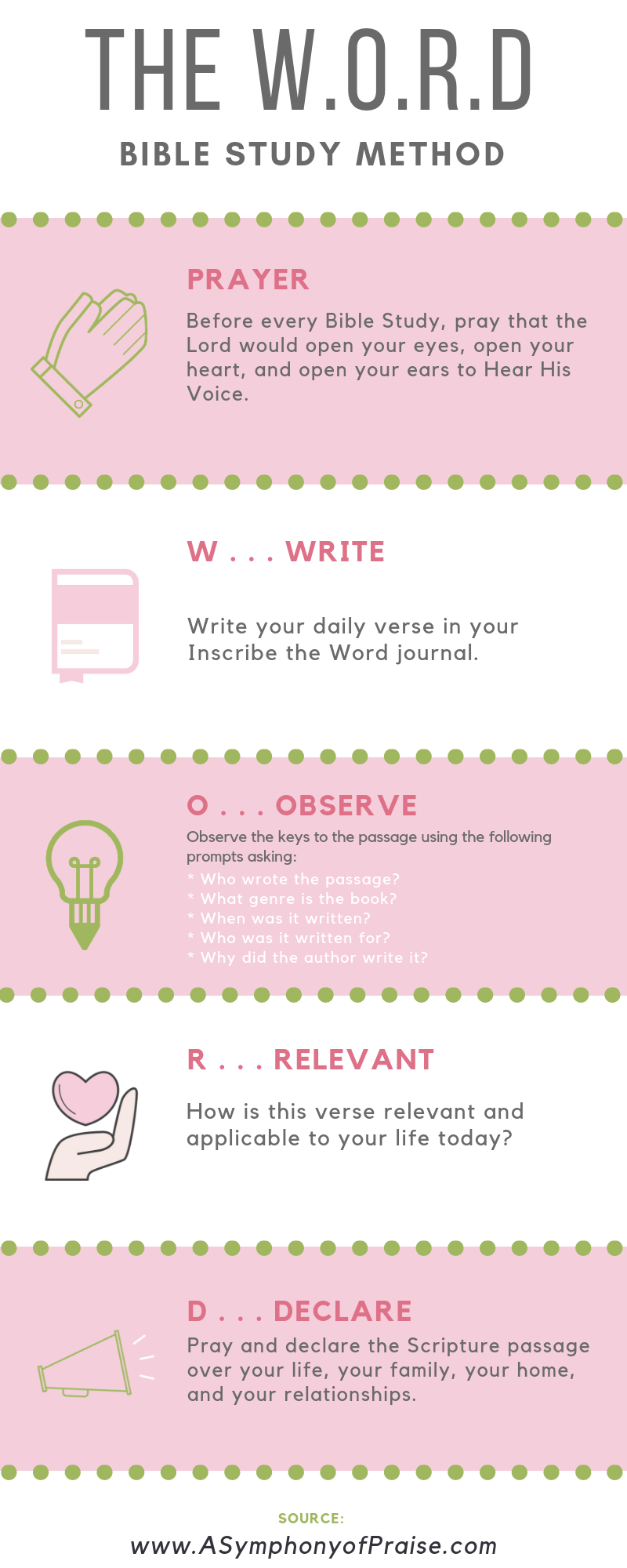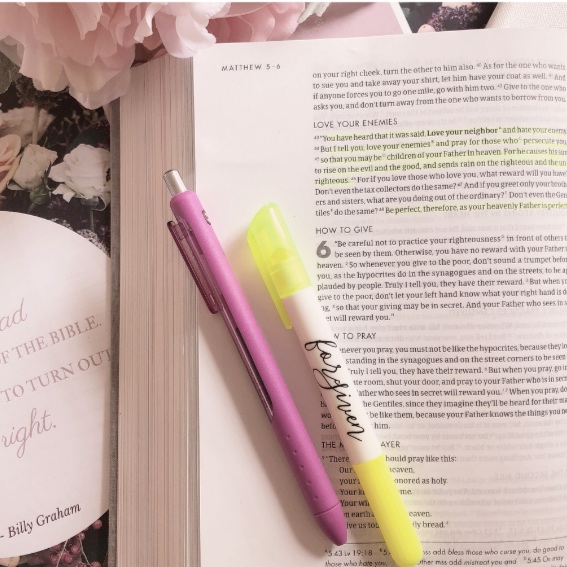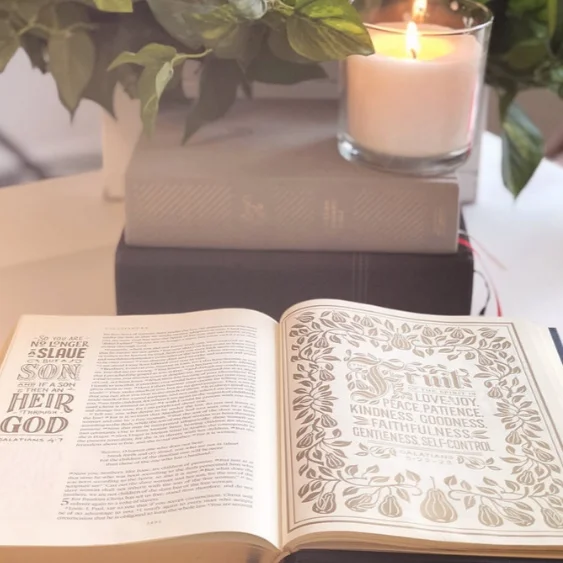The W.O.R.D Bible Study Method
Discovering the W.O.R.D. Study Method
In July 2016, I began Scripture Writing as part of my morning devotional time with the Lord. That simple act of inscribing the Word has profoundly shaped my faith. Over time, Inscribe the Word became a cornerstone of my spiritual life. Each morning, I look forward to writing Scripture, journaling my prayers, and spending time with the Lord.
While devotionals can be wonderful tools, I’ve learned that nothing replaces going directly to God’s Word. So often, we turn to devotionals written by godly men and women—which are valuable—but we can sometimes rely on them more than the Bible itself.
This is why I Inscribe the Word daily: I want to encounter Jesus for myself. As I write, God speaks the wisdom I need in the moment. Scripture Writing has created a deeper hunger in me—a desire to DIG DEEPER.
How to use The W.O.R.D Method.
Before beginning your Bible study, take a moment to pray. Ask the Lord to open your eyes, heart, and ears to hear His voice and understand His truth. The W.O.R.D. Method has four simple steps to guide your study:
1. WRITE. Write your daily verse in your Inscribe the Word journal.
Proverbs 3:1-3 says, “My son, do not forget my law, But let your heart keep my commands; For length of days and long life And peace they will add to you.Let not mercy and truth forsake you; Bind them around your neck, Write them on the tablet of your heart.”
Start by writing the verse. There’s something powerful about putting pen to paper—it helps you slow down, absorb the words, and commit them to memory. After writing, read over the passage at least once or twice to let it sink in.
2. OBSERVE. Observe the keys to the passage.
Psalm 119:33-34 says, “Teach me, O Lord, the way of Your statutes, And I shall keep it to the end. Give me understanding, and I shall keep Your law; Indeed, I shall observe it with my whole heart."
This is where you dig deeper! Understanding the context of a verse brings it to life. Use the “Five W’s” to guide your observation:
• WHO: Who is the author? Who are they writing about or to?
• WHAT: What type of literature is this (law, history, poetry, prophecy, epistle, etc.)?
• WHEN: When was this passage written?
• WHERE: Where was it written, and where is the setting?
• WHY: Why did the author write this?
By observing these details, you’ll uncover the richness of Scripture and its intended message.
3. RELEVANT. How is this verse relevant and applicable to your life today?
Romans 15:4 says, “For whatever things were written before were written for our learning, that we through the patience and comfort of the Scriptures might have hope.”
Ask yourself:
• How can I make this passage personal?
• What instruction, encouragement, or correction does this passage offer?
• What changes does this verse call me to make?
• How can I apply this truth to my daily life in a way that reflects God’s glory?
This is where Scripture becomes living and active in your life (Hebrews 4:12). Let it transform your heart and guide your steps.
4. DECLARE. Pray and declare the Scriptures over your life.
Psalm 118:17 says, “I shall not die, but live, And declare the works of the Lord.”
The final step is to pray the passage back to God and declare its truths over your life. Use these journaling prompts to guide your declarations:
Declare the promises of this verse over your day.
Declare the changes you’ll make as a result of the Scripture’s correction.
Declare the encouragement and teaching this verse offers for your walk with the Lord.
Speak God’s Word out loud. There is power in declaring His truth over your life and aligning your heart and mind with His promises.
Resources for the W.O.R.D Study Method.
This method can take as much or as little time as you’d like. There are a few resources you will find handy to really get the most out of this method.
1. BIBLES
There are wonderful study Bibles available, but one of my favorites is The Life Application Study Bible by Tyndale House. It has been a great resource for the W.O.R.D. Study Method.
2. NOTEBOOK or Inscribe the Word Journal
A Notebook. These days, I have moved all of my journaling to my iPad. I find that digital journaling keeps everything safe and in one place.
3. CONCORDANCE and COMMENTARIES
I could not do this study without my Strong's Concordance. If you want to know the original Greek and Hebrew for the Scriptures, a Strong's Concordance is a must! You can find an online version of The Strong's Concordance, HERE.
Matthew Henry's Concise Commentary of the Bible. Originally written in 1706, Matthew Henry's six-volume Complete Commentary provides an exhaustive look at every verse in the Bible. You can find an online version HERE.
4. ONLINE SOURCES
There are some great online resources for in-depth Bible Study. The two I use most often are BLUE LETTER BIBLE and BIBLE STUDY TOOLS.
5. CHARTS and PRINTABLES
For quick reference, feel free to print out the following charts. Add them to your notebook or your Bible for quick and easy access.
I hope you are inspired to use The W.O.R.D Method along with your Inscribe the Word Scripture Writing plan. The plan can be adapted to fit your study time and style. Bookmark or Pin this page so you have easy access to the study method. 🤍







